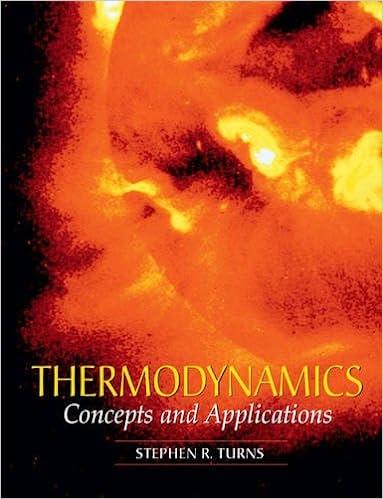Answered step by step
Verified Expert Solution
Question
1 Approved Answer
2 - 5 . Hubble's Law The astronomer Edwin Hubble ( 1 8 8 9 - 1 9 5 3 ) is famous for observing
Hubble's Law
The astronomer Edwin Hubble is famous for observing that each object in the universe is receding from the earth at a velocity that is proportional to its distance. Choosing earth as the origin. Hubble's law may be stated as where is the position vector and is called Hubble's parameter.
a Show that Hubble's law would be the same for an observer in any galaxy. That is show that the relative velocity of any two points in the universe is described by the same equation.
b It has also been found that, on a large enough length scale on the order of megaparsecs, where parsec the density of the universe is approximately uniform. If the continuity equation is applied to these observations Hubbles law and uniform density and if is assumed to be constant, what is the implied functional form of
c It is generally accepted that was much larger in the early universe than it is today. If it is assumed, for example, that where is a constant, how is affected?

Step by Step Solution
There are 3 Steps involved in it
Step: 1

Get Instant Access to Expert-Tailored Solutions
See step-by-step solutions with expert insights and AI powered tools for academic success
Step: 2

Step: 3

Ace Your Homework with AI
Get the answers you need in no time with our AI-driven, step-by-step assistance
Get Started


